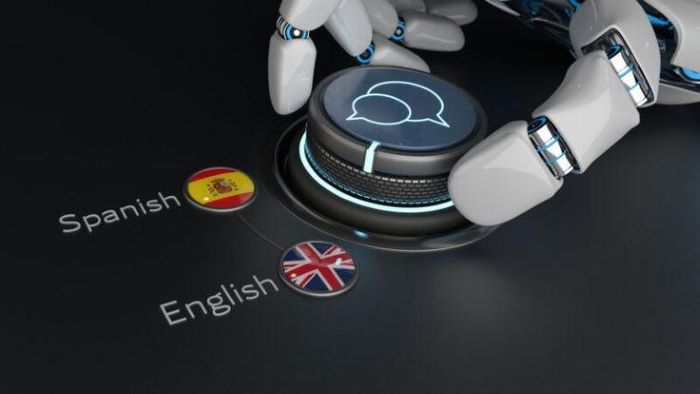Stolen Security Logos Used to Falsely Endorse PUPs
To get the confidence of users, a number of websites, as well as companies, feature the logos of trustworthy companies who support their products. Luckily, some inappropriate companies perform the same and making use of the logos who have not, actually, supported their product to trick people into thoughts that what they are about to fix is legal. Possibly, the Unwanted Programs or (PUPs) are masters in this business of creating wrong faith. McAfee Customer Support Service is offered in case of any trouble.
The highly admired logos to use by criminals to find the wrong trustworthiness are:
- McAfee SECURE
- Microsoft Technologies
- Norton Secured Seal
What do you mean by logos in reality?
Initially, the logos are used without any sort of authorization, they imply nothing. Adding an image on a website does not change the method the site or product it gives behaves. In case, the logos are reliable and real, they may not mean what you think they mean. To help out to find a trustworthy site or not, it’s not a terrible thought to learn what these logos really stand for.
McAfee Secure
The McAfee Secure logo is available free of cost for the websites and allows around 500 visitors for 30 days. If you discover the real logo on a website, it will be noticeable as a small “M” in the base right-hand bend. It is easy to expand the logo to read what it actually implies. In short, you can say that there is no malware hosted or connected to on the website. The site owns an applicable SSL certificate, which signifies traffic to and from is encrypted.
Norton Secured Seal
The Norton Secured Seal is comprised at no charge with different Symantec certificates. If fixed on a website not using a Symantec certificate, the seal will not show. If the seal is real, it doesn’t imply the product advertised on the website is safe. It just informs us the website has a Symantec SSL credential.
Microsoft Partner Network
The Microsoft Partner Network (MPN) is planned to assist the best technology companies build, sell, offer, service, and support services to the customers with highly efficient Microsoft technologies. To be eligible for the MPN, a technology business should sell or give more than 75% of its IT solutions and services, or get 75% or more of its entire revenue through the outside monetization of their rational property solution to unaffiliated third parties. There is nothing in the MPN agreement confines a company from working with and with the help of non‑Microsoft technologies.
Essentially, firms settle down a fee for which they find Microsoft tools, training, and software in coming back. The right to show a Microsoft partner sign displayed on the site. The one and only “check” that Microsoft carried out for the exchange of their logos and tools is to confirm that partners gain 75% of their business from the third parties. It could be something. And it doesn’t assurance the safety of the products given on the website.
The Microsoft Partner Network is highly searchable, but unluckily understanding title of the product alone is not always sufficient to discover that company is a legal associate. And the name of the product is not essentially the same as the title of the company.



